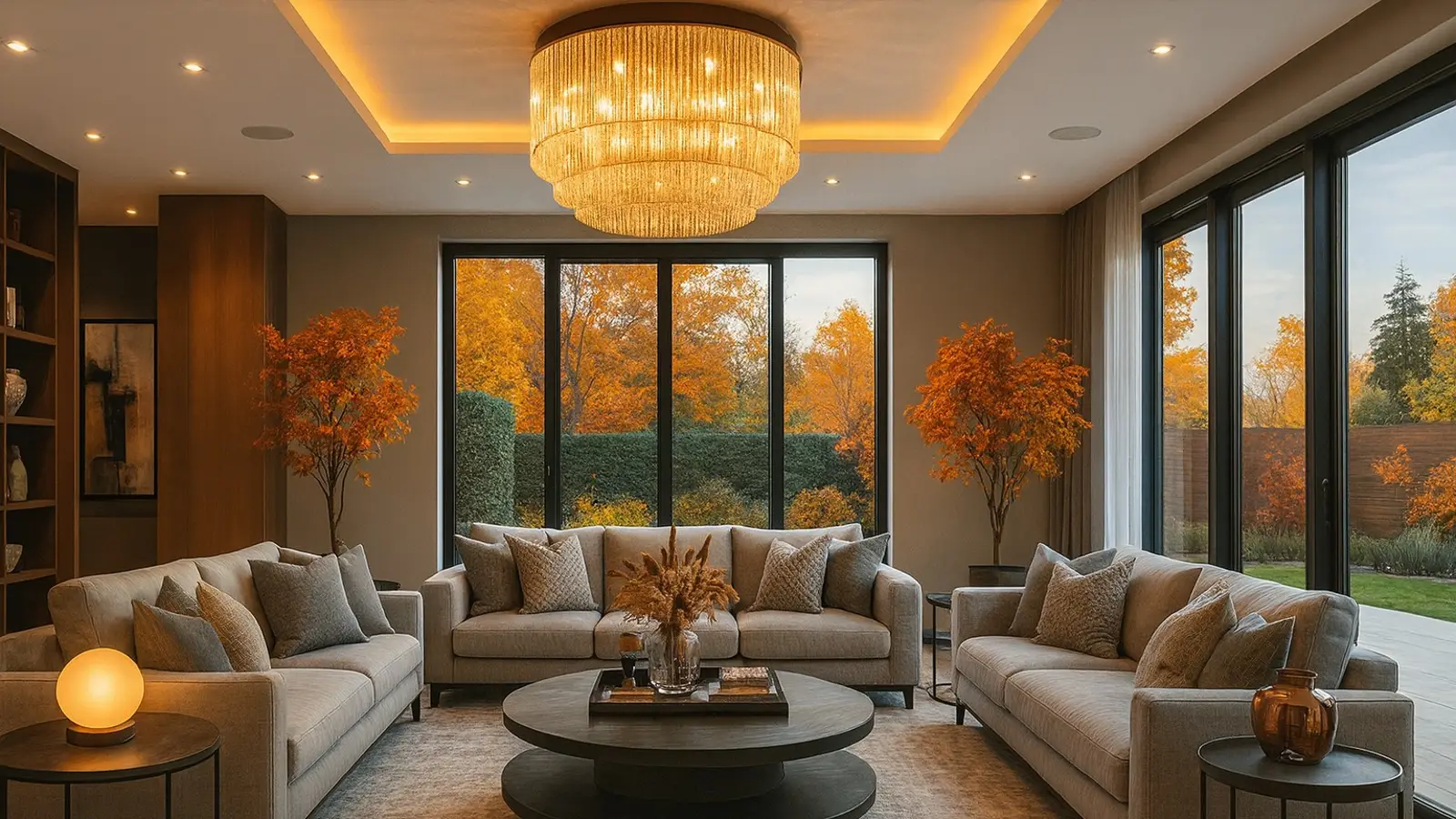How to Use Color Temperature and Layered Lighting for a Cozy Home
Learn how color temperature, layered lighting, dimmers and smart scenes shape a cozy home. Tips on warm vs neutral light and matching your interior palette.

Generated by Dall-e
Lighting does more than make a room visible. It shapes the look of a space and, just as importantly, the sense of comfort within it. With the right approach, light can set a mood, draw attention to what matters, and even tweak how large or intimate a room feels. The effect is especially clear when the goal is a warm, welcoming atmosphere. Here, not only the fixtures but their placement, brightness, and color temperature all play a part.
Color temperature: the backbone of comfortable light
Color temperature, measured in kelvins, ranges from warm to cool and strongly influences how cozy a room feels. In living areas, lamps in the 2700–3000 K range are typically preferred. Their soft, slightly amber glow recalls early morning or sunset and encourages relaxation.
Neutral light (around 3500–4500 K) also has a place—often in kitchens, bathrooms, and hallways—where homeowners want a balance between practicality and comfort.
Cool light (5000 K and above) is used less often at home. It suits work zones because it supports focus and a sense of alertness, while giving a more sterile, formal impression overall.
Layered lighting: the path to a snug atmosphere
A single overhead fixture rarely delivers coziness on its own. A layered scheme—combining general, task, and decorative lighting—does.
General lighting provides even illumination across the room, whether from a ceiling fixture or recessed spots.
Task or local lighting—think desk lamps, sconces, and floor lamps—lets you carve out functional zones: a reading corner, a dining area, a compact workspace. Dimmable options add flexibility so the room can shift with the moment.
Decorative lighting, such as subtle backlighting for niches, art, shelves, or plants, carries little functional load but enriches the scene. In the evening, it contributes a gentle, enveloping glow that makes a space feel lived-in rather than clinical.
Smart controls and simple scenarios
Modern controls make mood-setting straightforward. Smart-home systems allow preset scenes—warmer, lower light in the evening; brighter, more neutral tones in the morning. Many fixtures also include dimmers, enabling smooth adjustments in brightness to suit different needs throughout the day.
How color palettes interact with light
The interior palette and lighting work together. Light, warm wall and furniture tones amplify a cozy effect—especially when paired with softer illumination. Cooler hues can counteract that warmth and may make a room feel less inviting, even under warm lamps.
More than mechanics
Specialists emphasize that lighting isn’t just a technical detail; it’s a tool that shapes mood and the way a home is perceived. With thoughtful choices and simple combinations of different light sources, it’s possible to achieve genuine coziness without a renovation or major rearrangement. That matters most during long winters or overcast stretches, when the goal is a home that feels truly warm and calm.
